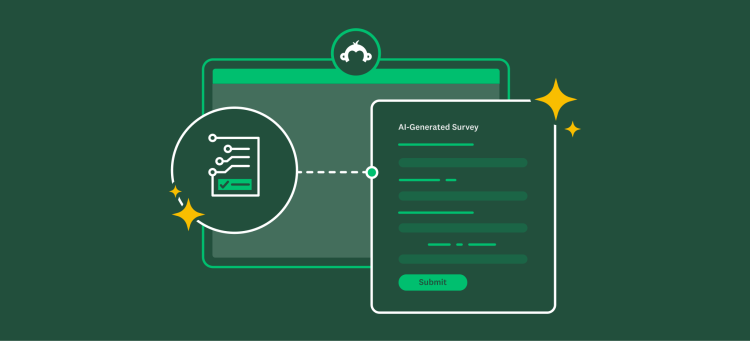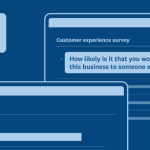If you ask for information in a neutral, straightforward way, you’ll almost certainly receive honest, thoughtful and valuable feedback. However, if you inject an opinion or assumption into your survey question, you’ll receive biased responses that are of little use.
Two common sources of biased survey questions are loaded and leading questions. Each sways respondents to answer in ways that don’t convey their true feelings and preferences.
So what exactly are leading and loaded questions? And how can you avoid them in your survey?
We’ll break down the answers to both of these questions! Let’s begin by talking about leading questions.
The definition of leading questions and how to avoid using them
A leading question subtly guides respondents to answer in a certain way. More often than not, leading questions influence respondents to provide feedback in a manner that aligns with the survey creator’s opinion.
Here are some examples of leading questions:
- Our customer support team is rated as being the most responsive in the industry. How responsive, or unresponsive, do you think they are?
By establishing that your team is rated as very responsive, the respondent will feel more compelled to agree. You can easily resolve this issue by taking out the first sentence and simply asking: How responsive, or unresponsive, do you think our customer support team is?
- Was our customer service excellent?
This example is a bit more subtle, but it still qualifies as a leading question. By including the word “excellent”, you’re implying that the service was indeed excellent. Give the respondent space to come up with their own answer by removing this word and providing a range of answer options from poor to excellent.
To spot leading questions like the examples above, ask yourself the following questions:
- Do any words reflect your own opinions and preferences? If so, remove them!
- Is the prompt balanced? Does it account for both the negative and positive experiences that the respondent may have? It’s critical that it does.
- Are there any unnecessary modifiers? Something as simple as calling a politician a Conservative, for example, can influence how respondents choose to answer.
- Did I test the question on friends, family members and colleagues? We recommend that you do! Once they’ve answered the question, ask them whether they felt compelled to provide a certain response.
Overview of loaded questions and ways to catch yourself asking them
A loaded question makes an assumption about the respondent that forces them to provide an answer about something that they may not agree with or be familiar with.
Here are a few examples of loaded questions:
- How would you rate your experience of working with our customer support team?
If the respondent had never worked with your support team, they’d be left to answer at random.
Prevent these respondents from seeing this question by asking them at the beginning of the survey whether they’ve worked with your support team. If their response is negative, use Question Skip Logic to hide this and other customer support-related questions.
Note: If you’re completely certain that the client has worked with your support team before receiving the survey, the prompt above doesn’t qualify as a loaded question.
- What’s your favourite aspect of working with our support team?
Note: This is also a leading question because it asks the respondent for their “favourite aspect” of working with the support team.
If there isn’t anything the respondent likes about working with your support team (which hopefully isn’t the case!), they won’t even know how to answer the question.
Again, resolving this boils down to using Question Skip Logic. Ask them earlier in the survey about their satisfaction in terms of working with your support team, and program your Question Skip Logic to show the question above only if the response is positive.
So how do you avoid asking a loaded question? Here are some tips and tricks:
- Think hard about the audience of your survey. Who’s taking your survey? How are you sending it to them? Why are they taking it? If you create a survey that’s tailored to your audience, then you will certainly be writing questions that they can actually answer.
- For any question that makes an assumption, confirm that Question Skip Logic is built around it. As we saw in our examples, this step is paramount.
- Preview your survey and share it with others around you. A quick check can be conducted, both on your own and by others, to ensure that you’re not asking loaded questions.
At first, it might be hard to avoid asking leading and loaded questions, and that’s okay. Apply the guidance on this page to identify and correct them. Only then will you be able to keep your prompts impartial, giving respondents a better survey-taking experience and leaving you with more reliable data for making decisions.



